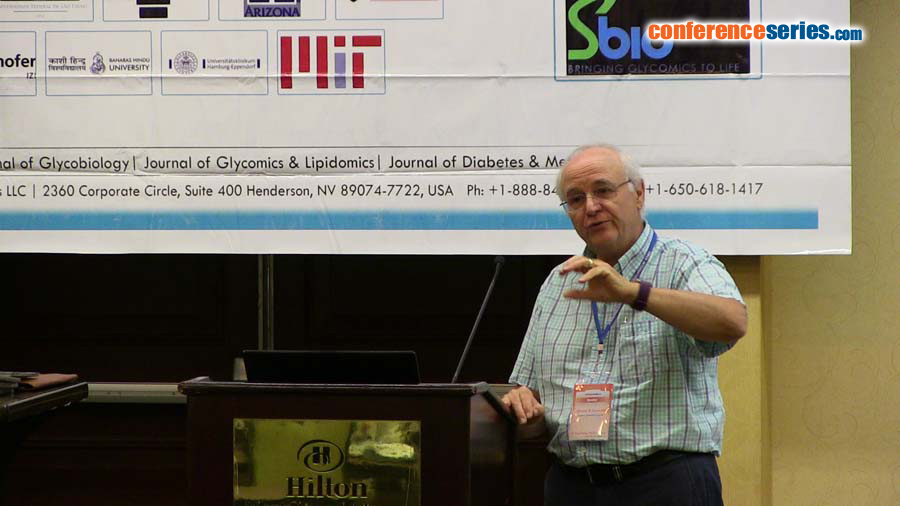
Myron R Szewczuk
Queen’s University, Canada
Title: Role of sialylation in 3D multicellular tumor spheroid formation and in vivo tumors
Biography
Biography: Myron R Szewczuk
Abstract
Multicellular tumor spheroids are now at the forefront of cancer research, designed to mimic tumor-like developmental patterns in vitro. Tumor growth in vivo is known to be highly influenced by aberrant cell surface specific sialoglycan structures on glycoproteins. Aberrant sialoglycan patterns that facilitate spheroid formation are not well defined. Here, matrix-free spheroids from human breast MCF-7 and pancreatic PANC1 cancer cell lines and their respective tamoxifen (TMX) and gemcitabine (Gem) resistant variants were generated using the RGD induced self-assembly platform. Pretreatment with specific lectins, exogenous neuraminidase dose dependently reduced spheroid volume formation. Oseltamivir phosphate (OP) promoted cell aggregation and compaction into spheroid formation. PANC1 and triple negative breast MDA-MB231 xenograft tumors from untreated and OP-treated RAGxCγ double mutant mice expressed significant higher levels of α-2,3-sialoglycan (SA) than α-2,6-SA. MCF-7 spheroids expressed higher α-2,3-SA to α-2,6-SA ratio. The relative levels of specific sialoglycan structures on the cell surface facilitate avascular 3D multicellular tumor spheroids in vitro as well as in vivo tumors.





